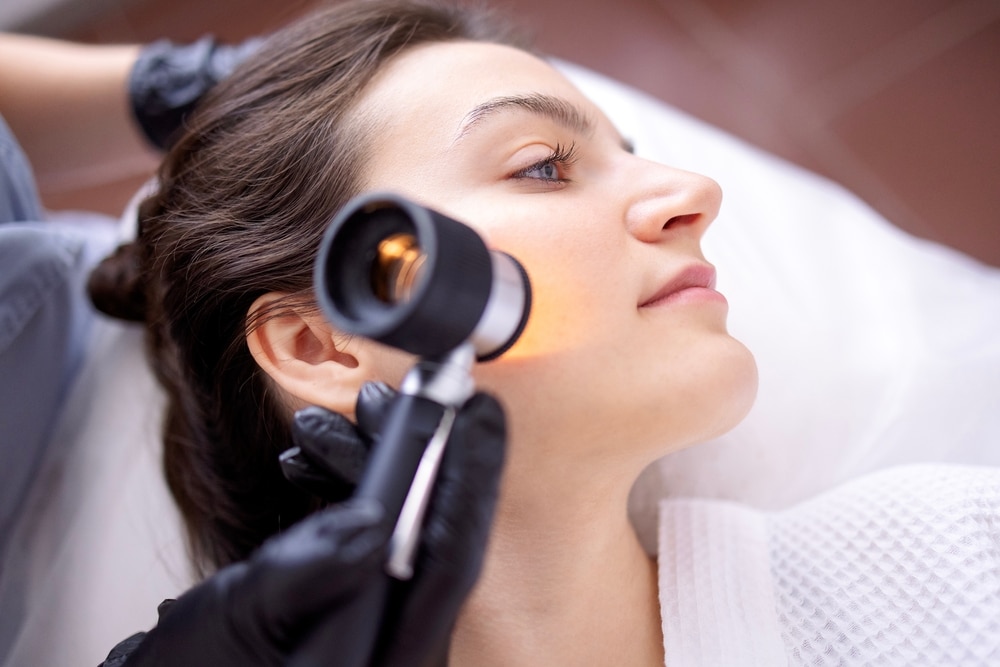Dr. Boutros Mikhail stands out as a preeminent family physician in Toronto with over two decades of experience, blending scientific rigor with compassionate, patient-focused care. Educated at Cairo University (MD, pediatrics diploma) and further trained at Memorial University of Newfoundland, he brings recognized expertise in family medicine and dermatology to a diverse, multilingual patient population. Managing care for more than 2,200 patients, he offers comprehensive services spanning preventive care, chronic disease management, and acute treatments. As an Assistant Clinical Professor at McMaster University and a Fellow of the College of Family Physicians of Canada, Dr. Mikhail’s ongoing certifications in emergency and trauma care underscore his credibility and commitment to safe, effective cosmetic and medical skin therapies.
Cosmetic dermatology focuses on improving а person’s outward appearance. Doctors use medical and surgical methods to smooth wrinkles, reduce scar appearance, and tighten skin. People mostly choose these treatments for aesthetics, not health reasons. Most insurance services don’t cover these procedures.
Botox, а standard cosmetic treatment, helps relax facial muscles. Doctors inject botulinum toxin into specific areas – like the forehead and around the eyes – to smooth wrinkles and fine lines. The toxin stops muscle movement, giving the skin а more youthful/smoother appearance. People choose Botox because it reduces signs of aging, treats muscle spasms, migraines, and excessive sweating. It also corrects facial asymmetry. The procedure takes minutes to complete and is less invasive. Results show within days. Possible side effects include mild pains, temporary bruising, and a feeling of tightness in the injection site. However, these effects usually fade in a few days or weeks.
Dermal fillers add volume to the face without surgery – restoring lost volume, enhancing contours, and smoothing wrinkles. People lose fat and collagen as they age; this causes sagging. Fillers replace this lost volume. Skin doctors (dermatologists) often use hyaluronic acid for dermal filler procedures. The body also produces this acid to keep skin moist and full. Other fillers include poly-L-lactic acid and calcium hydroxylapatite. Many who use dermal fillers want defined cheekbones, fuller lips, and facial symmetry. Depending on the product, how fast a person’s body breaks it down, and the treatment area, the results can last from six to 18 months. Fillers that stimulate the body’s collagen production last longer.
Microneedling is a procedure that treats scars, improves skin texture, and reduces pore size. It involves using very fine needly to create small punctures in the skin. The punctures cause micro-injuries, which trigger the body’s natural healing process. The punctures close fast and work safely on all skin tones as they carry less pigmentation risk. Some dermatologists enhance this procedure with add-ons such as platelet-rich plasma, which boosts healing and results through the patient’s blood growth factors. Modern techniques combine microneedling with radiofrequency (RF) energy for faster tightening and collagen stimulation. Patients need about three sessions with radiofrequency or five to six sessions without it for the best results.
Laser treatments target specific skin problems to improve appearance. Dermatologists use focused light beams to treat uneven skin tone, scars, and visible blood vessels on а person’s skin. Lasers work two ways. Some remove damaged outer skin layers so healthy skin can replace them. Others target specific problems by breaking down brown spots, shrinking visible veins, and boosting collagen production. The result is а firmer, smoother skin. Light-based options like intense pulsed light work а similarly to lasers – use multiple wavelengths to treat redness, pigmentation, and sun damage – but aren’t true lasers.
Laser hair removal uses focused light beams to target hair follicles and slow or delay growth. The laser sends out light at а specific wavelength, which hair pigment absorbs. The light then converts to heat energy and damages the follicle. Patients need multiple sessions because hair grows in cycles. The laser works best when follicles are in the active growth phase. Results are not permanent, but а treated area may stay smooth for months or years before hair grows back. People choose this treatment because it works fast and lasts longer than shaving or waxing.
Medical-grade chemical peels remove the outer layers of damaged skin to create smooth, fresh skin. Dermatologists apply chemical solutions to target areas like the face and soles. The top skin layer peels away over several days, and a fresher, smoother layer surfaces underneath as healing occurs. Chemical peels come in different depths. Light peels treat the outermost layer and help with mild acne and early skin pigmentation. Medium peels are а little deeper and address skin texture, fine lines, and color problems. Deep peels treat scars, wrinkles, and severe sun damage.

